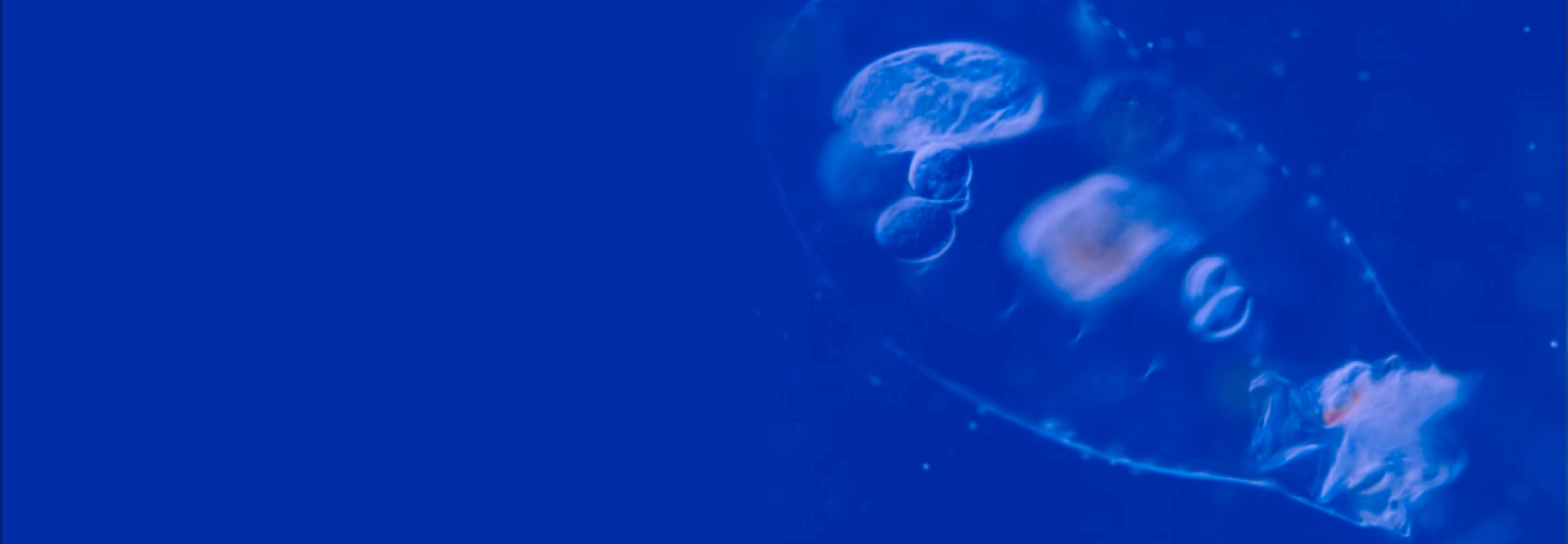The neural network automates the entire monitoring cycle, returning results for research projects faster. Working with scientists from the Research Center, we had Maritime AI, the Yandex Cloud team, and the Lake Baikal Foundation for Environmental Applications and Research.

Yandex Cloud helps develop unique neural network for Lake Baikal ecomonitoring
A team of scientists and researchers unveiled a neural network for monitoring the ecosystem of Lake Baikal using the Yandex Cloud platform. It’s an important project: keeping an eye on conditions of the lake, assessing the local impact of climate change.
As the machine learning (ML) algorithm analyzes water samples from the lake, it identifies and classifies the microorganisms they contain. The neural network currently recognizes the 70 most common plankton species. Involving artificial intelligence lightens the workload of the biologists who have spent many years counting and identifying microorganisms by hand.
The biologists produced 50,000 sample images, 20,000 of which were used to train the algorithms. New microscopic images of samples are now automatically sent to Yandex Cloud. Upon arrival, the algorithm identifies the tiny crustaceans and generates report cards. The neural network continues to train and improve itself, developing and running ML algorithms with Yandex DataSphere. Data is labeled using the Toloka crowdsourcing service.
“The scientific community and educational institutions are seeing more and more discoveries made in the cloud. A priority for our platform is to turn our cloud services into a reliable springboard for scientific work. Yandex Cloud has launched a harvest monitoring system, built an algorithm for driverless race cars, and researched dark matter. But the neural network used to monitor the Lake Baikal ecosystem is a highlight for us and society as a whole, incredible in its scale and significance”.
Moving forward, everyone involved in the project will be scaling the monitoring system to track water conditions in other areas of the lake. The developers will gradually make the project’s technology open source. The labeled data set of water samples is already available to the public. It’s perfect for testing hypotheses about detecting, segmenting, and classifying plankton. In the future, all data as well as the source code will be shared, which will help research groups and institutes around the world develop monitoring systems for their own bodies of water.
